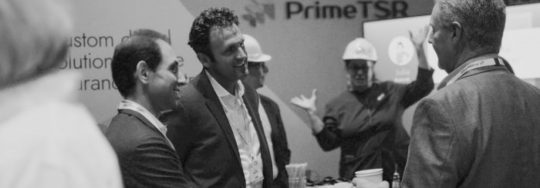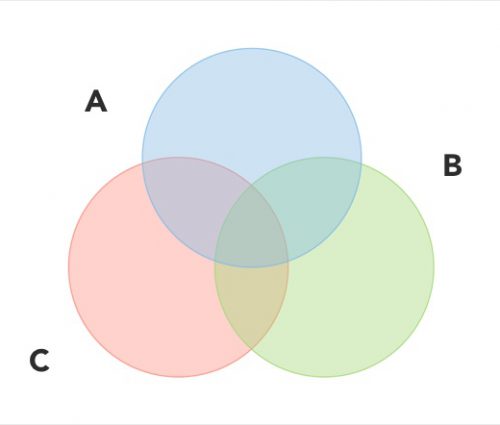3 Powerful Insurance Claims Use Cases of Technology Driving CX
I heard a great quote at the conference from a Farmers Insurance Executive, Frank Carni, that summarizes how companies should view digital transformation: “Don’t focus on the buzz words such as digitalization, instead focus on the human glue to achieve the CX results.”
Here are some examples of companies that are focused on technology to create superior, frictionless, human customer experiences.
I heard a great quote at the conference from a Farmers Insurance Executive, Frank Carni, that summarizes how companies should view digital transformation: “Don’t focus on the buzz words such as digitalization, instead focus on the human glue to achieve the CX results.”
Here are some examples of companies that are focused on technology to create superior, frictionless, human customer experiences.
- Companies like Metromile offer pay-per-mile coverage so that customer bills are based only on their usage, not on behavior or driving style. By delivering new customers a Metromile Pulse, a small free wireless device that plugs into their car’s diagnostic port, they are charged only pennies on the mile.
- Supply chain partners to insurance companies are also bringing tremendous value to the industry. Vivent is a smart home solutions provider of home automation, cameras, and security. The company lets homeowners know if a window is broken, for example, and even provides Liberty Mutual customers discounts when they install their device.
- Lemonade had transformed the realm of renter & homeowner insurance by deploying AI and chatbots to deliver policies and handle claims for its users on desktop and mobile. The estimated time it takes to get insured is advertised at just 90 seconds and a claim payout speed clocks in at just 3 minutes.
What Next?
Insurance agents, brokers, and supply chain personnel are getting fired up and excited like never before about taking fresh new approaches to CX.
Change is never an easy thing, and the transformation of the insurance industry won’t happen overnight. But this conference sparked a light, not only in me but in the dozens of attendees that I spoke with. The overall momentum, synergy, and innovative thinking that I saw on display in Chicago was nothing short of inspiring.












